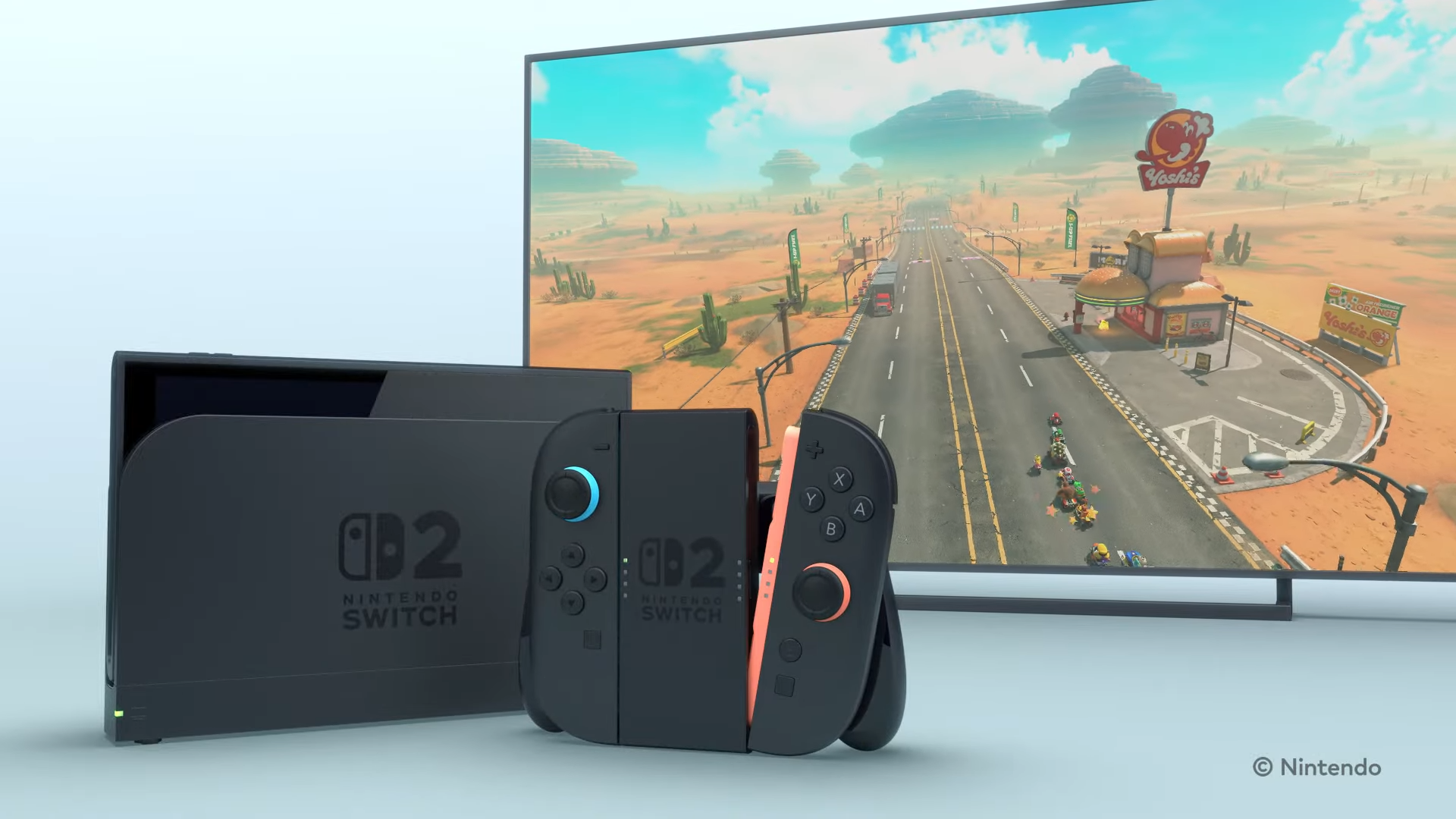
- We may finally know more about the SoC in the Nintendo Switch 2
- It delivers a significant CPU and GPU upgrade
- Highlights include a much higher clock speed and DLSS support
Although Nintendo has kept concrete details under wraps, we finally have a better idea about the new system-on-chip (SoC) that powers the Nintendo Switch 2.
That’s according to a detailed report by Digital Foundry , which digs into the exact specs for the forthcoming console and which seems to line up with many previous leaks.
The SoC is reportedly extensively customized, in contrast to the more stock Nvidia Tegra X1 found in the original Nintendo Switch.
Digital Foundry claims it features an eight-core ARM Cortex A78C CPU, with a clock speed of 998MHz while docked or 1101MHz in handheld mode. It’s also capable of a max 1.7GHz clock speed, though it’s unclear whether this would be reached in use.
The fact that the CPU seemingly runs at a higher clock speed in handheld mode is also quite unusual. Traditionally, CPU performance is throttled in mobile systems when they’re running off battery power, in order to reduce power consumption.
Digital Foundry speculates that it may be designed to make up for the memory bandwidth, which drops from a docked 102GB/s to just 68GB/s in handheld mode.
Two of the CPU cores are reportedly reserved for system features, with six available for developers to use.
The GPU then features Nvidia’s Ampere microarchitecture, which is also used in RTX 30 Series cards. The microarchitecture just turned four years old today, so is slightly older than the 2014 Nvidia Maxwell architecture used in the Tegra X1 was when the original Switch released in 2017.
The GPU offers 1,546 CUDE cores, a massive increase on the 256 of the Tegra X1. Its clock speed is also boosted, at 1,007Mhz docked or 516MHz in handheld mode, with a maximum speed of 1.4GHz.
Throw in the confirmed Nvidia DLSS support, and this SoC should be able to deliver a significant increase in graphical power.
In terms of RAM, the console has 12GB of LDPPDR5X memory in the form of two 6GB modules. 3GB is reserved for the system, while 9GB is available for developers.
Digital Foundry also states that there is no support for VRR over HDMI, which is a little weird given that it is supported by the system’s built-in 7.9 inch, 120Hz and 1080p screen.
The Nintendo Switch 2 is set to launch globally on June 5, 2025. UK pre-orders and US pre-orders are now live, with the console coming in at $449.99 / £395.99 or $499.99 / £429.99 for a bundle that includes a digital copy of Mario Kart World.













Leave a comment